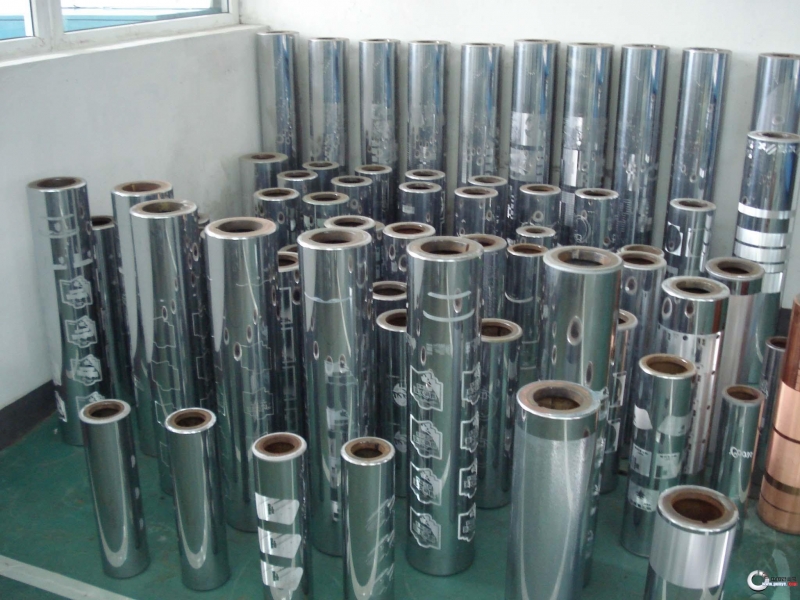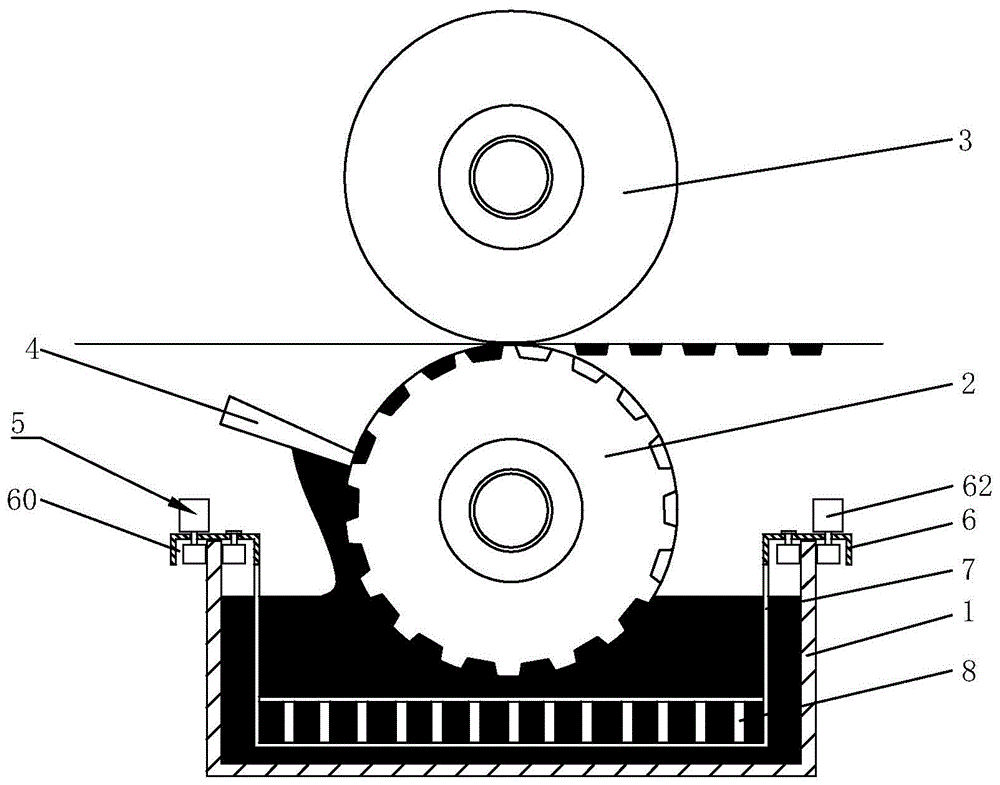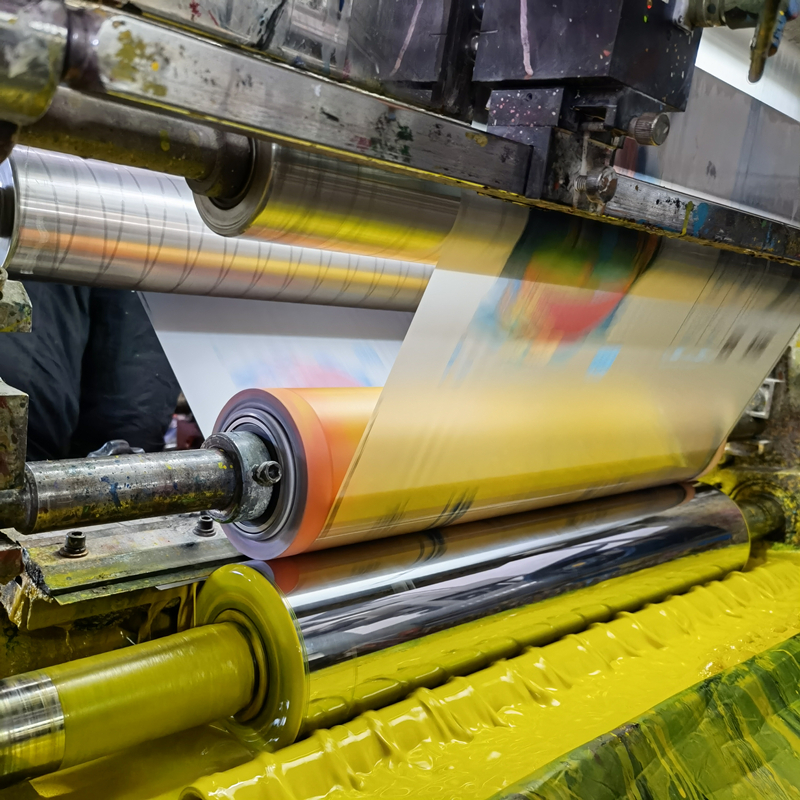When you purchase packaging bags,like stand up pouches,flat bottom bags,and other food packaging bags,you will often see the packaging bags suppliers mentioned about cylinders,so what are cylinders and how it works in the printing?
When you purchase mass packaging bags,to save cost,the packaging bags supplier will use rotogravure printing,and in rotogravure printing, cylinders are typically made of steel or copper and play a central role in the transfer of ink onto
the substrate.

In rotogravure printing, multiple cylinders are used, each representing a different color or part of the image being printed. The number of cylinders used depends on the complexity and color requirements of the print job.
Each cylinder is engraved with a specific image or pattern that needs to be printed. The engraving process creates small cells or indentations on the surface of the cylinder. These cells hold the ink that will be transferred onto the substrate.
Here's a step-by-step explanation of how the cylinder works in rotogravure printing:
Cylinder Preparation: The printing cylinder is typically made of steel or copper. It is initially polished to achieve a smooth surface.
Engraving: The cylinder goes through an engraving process, where the image or pattern to be printed is etched onto its surface. This is usually done using a laser or an electromechanical engraving system. The engraved pattern consists of numerous small cells or depressions of varying depths.
Ink Application: The cylinder is partially immersed in an ink pan, and an ink applicator, such as a doctor blade, scrapes off the excess ink from the cylinder's surface, leaving ink only within the engraved cells.
Doctor Blade: A doctor blade is a thin metal strip that contacts the cylinder's surface. It helps to control the amount of ink within the cells by removing the excess ink and leaving behind a uniform layer of ink in the cells.
Substrate Contact: As the cylinder rotates, the inked cells come into contact with the substrate, which can be paper, plastic, or any other printable material.
Pressure and Transfer: A rubber-covered impression roller, also known as a pressure roller, applies pressure to the substrate against the rotating cylinder. The pressure causes the ink in the cells to be transferred from the cylinder to the substrate.
Drying: After the ink is transferred, the substrate passes through a drying system, which can involve hot air, infrared radiation, or other methods, to evaporate the solvent and fix the ink onto the substrate.
Repeat Process: The cylinder continues to rotate, and the substrate is fed through the printing press for successive impressions, allowing for multi-color or continuous pattern printing.

By repeating these steps for each color or pattern, rotogravure printing achieves high-quality and consistent results. The cylinder's engraved cells hold the ink and transfer it to the substrate through the pressure exerted during contact with the substrate, resulting in the desired image or pattern being reproduced on the printed material.
The cylinder quantity is about how many color you used in your design,each color,each cylinder,so the cylinder charge is based on how many colors you use in your design.Normally the cylinder charge is one time charge,and will not charge again for re-orders as long as the artwork is not changed.

Post time: Jun-30-2023

